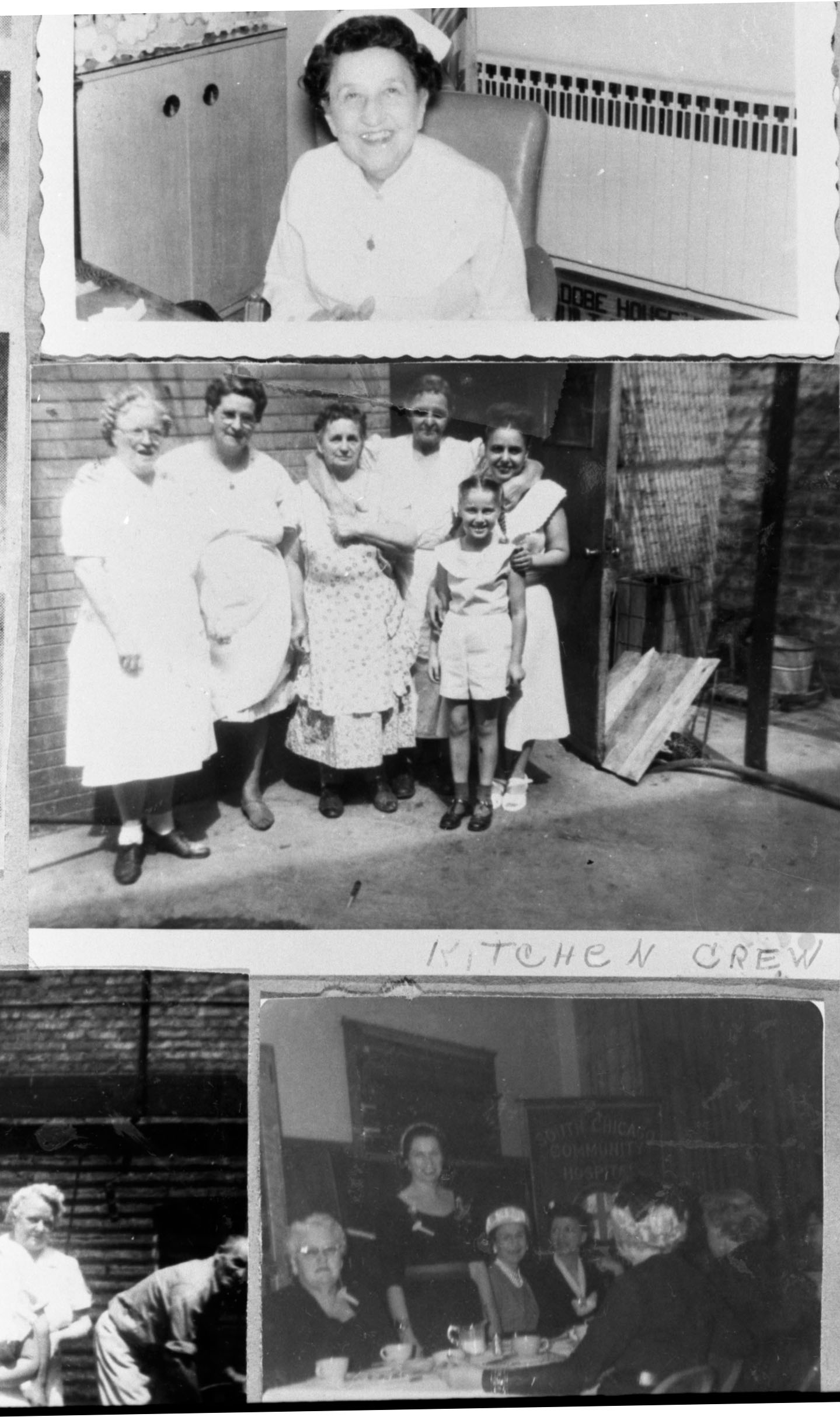Although Chicago’s history goes back to the 1830s it wasn’t until 1881 when settlement began in Calumet Heights after a rail line was constructed on the west edge of the area. A quarry encouraged more growth, but even decades after the area was annexed to Chicago residential growth remained slow. In the 1920s the area finally saw a growth boom, doubling the population over the 10 year period. However, the great depression slowed it down again and it remained slow until after WWII. The area is still filled with mid-century single-family homes. Most notable are the ones in the neighborhood, Pill Hill. The neighborhood got its moniker because many of the original homeowners moved to the area to work at the South Chicago Community Hospital, now Advocate Trinity Hospital.
Founded in 1895, the hospital has served the area practically since its initial settlement. By 1917 the hospital was nearly bankrupt. However, the Spanish Flu of 1918 gave the community good reason to find ways to keep it afloat. In 1920 Clara Dorothy Schaefer was named superintendent and she famously turned the hospital around, increasing the average annual patient count between 1920-1929 from 700-2,700. Schaefer was hired by Dr. J. V. Kahn, who later wrote her this letter, “When you arrived you found a small hospital, infested with rats, mice and vermin. I thought you would quit the next day, but hoped you would stay. Sufficient help was lacking, and patients had to eat, so besides being superintendent you became exterminator, cook, maid, housekeeper, and what not. You toiled day and night in your effort to clean up the place, give it a good reputation, and live down the public’s ‘slaughter house’ opinion. In a short time you succeeded.” She helped make both the hospital and nursing school a success. Schaefer retired in 1957. In 2014 a park in neighboring South Shore was officially named after her.
Calumet Heights already had an 18.4 acre park of its own. The Jesse Owens Park was established between 1947-1955. Originally called Stony Island Park the Park was renamed in the mid1980s to honor the Olympian Jesse Owens. Although Owens is not from Chicago he made great contributions briefly serving as director of the Chicago Boys Club, the Illinois State Athletic Commission, and the Illinois Youth Commission. The large park offers many amenities to the community. A fieldhouse has a fitness center, meeting rooms, and a green roof garden. A nature garden surrounds the building. Outside there are four baseball diamonds, picnic groves, tennis courts, a field, and, of course, an olympic themed playground.
The area further supports family life by being host to the first and only children’s museum dedicated to teaching African American History, the Bronzeville Children’s Museum.
While the history of Calumet Heights is fairly short compared to many other areas in Chicago it’s also pleasantly stable. The community hasn’t survived without struggle, but having been influenced greatly by the hospital and the settlement of doctors and other white collar workers on Pill Hill has led to a stable middle-class community built through generations of families.
http://www.encyclopedia.chicagohistory.org/pages/200.html
https://www.sechicagohistory.org/archive/browse/south-chicago-community-hospital-nurses/
https://www.chicagoparkdistrict.com/parks-facilities/owens-jesse-park#History


 Facebook
Facebook
 X
X
 Pinterest
Pinterest
 Copy Link
Copy Link
